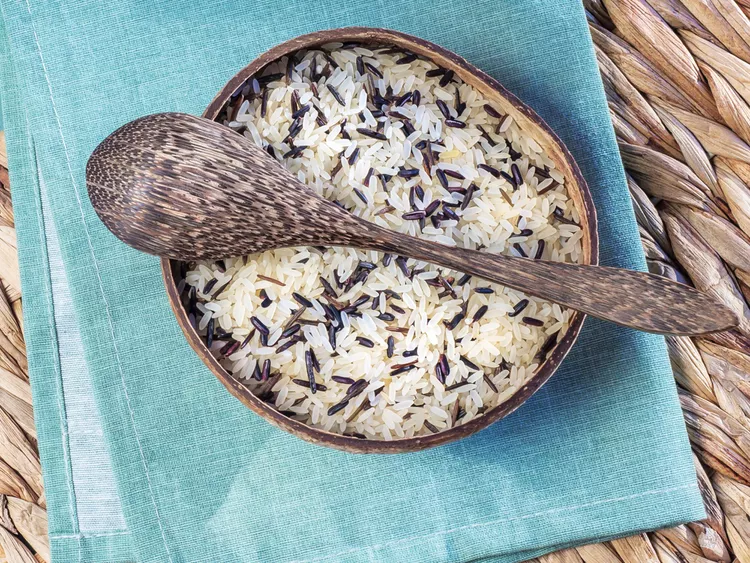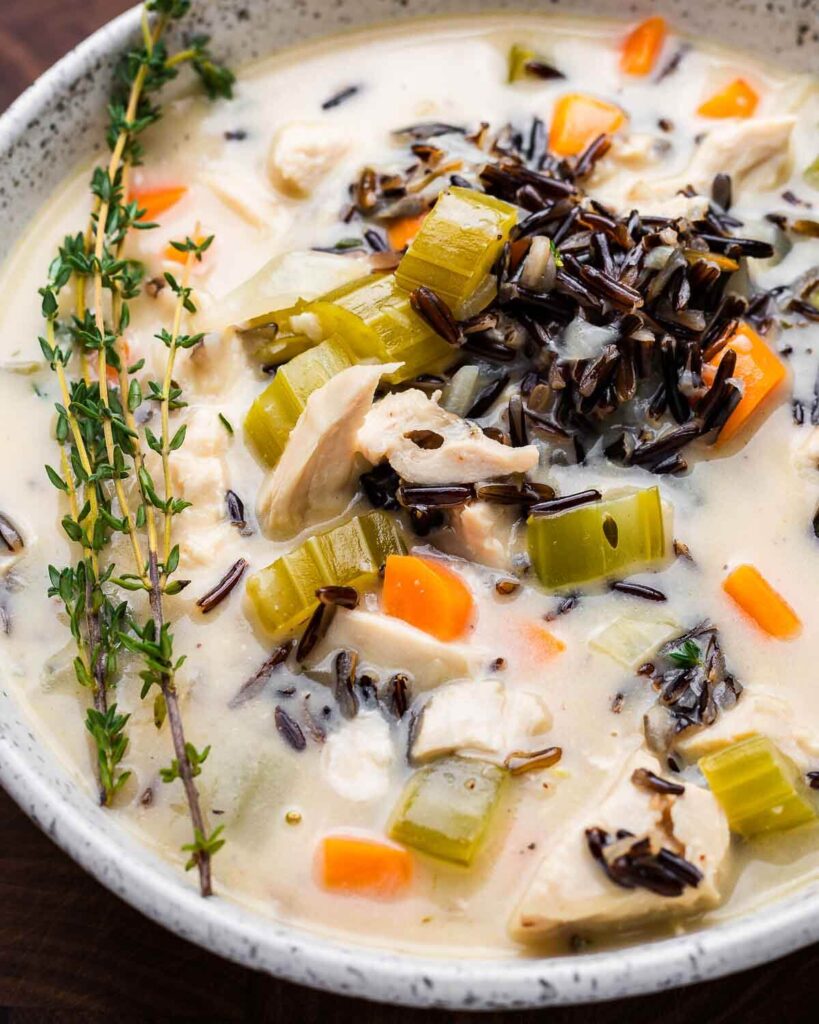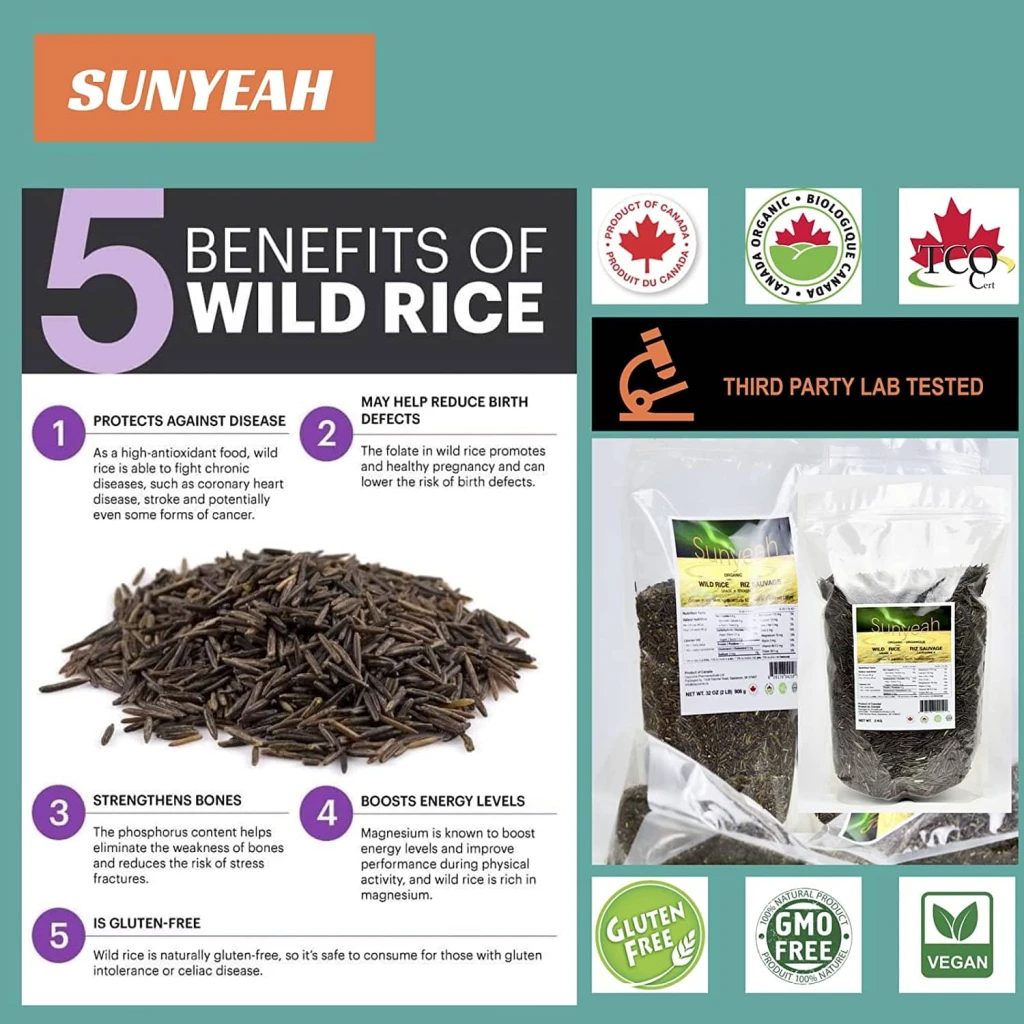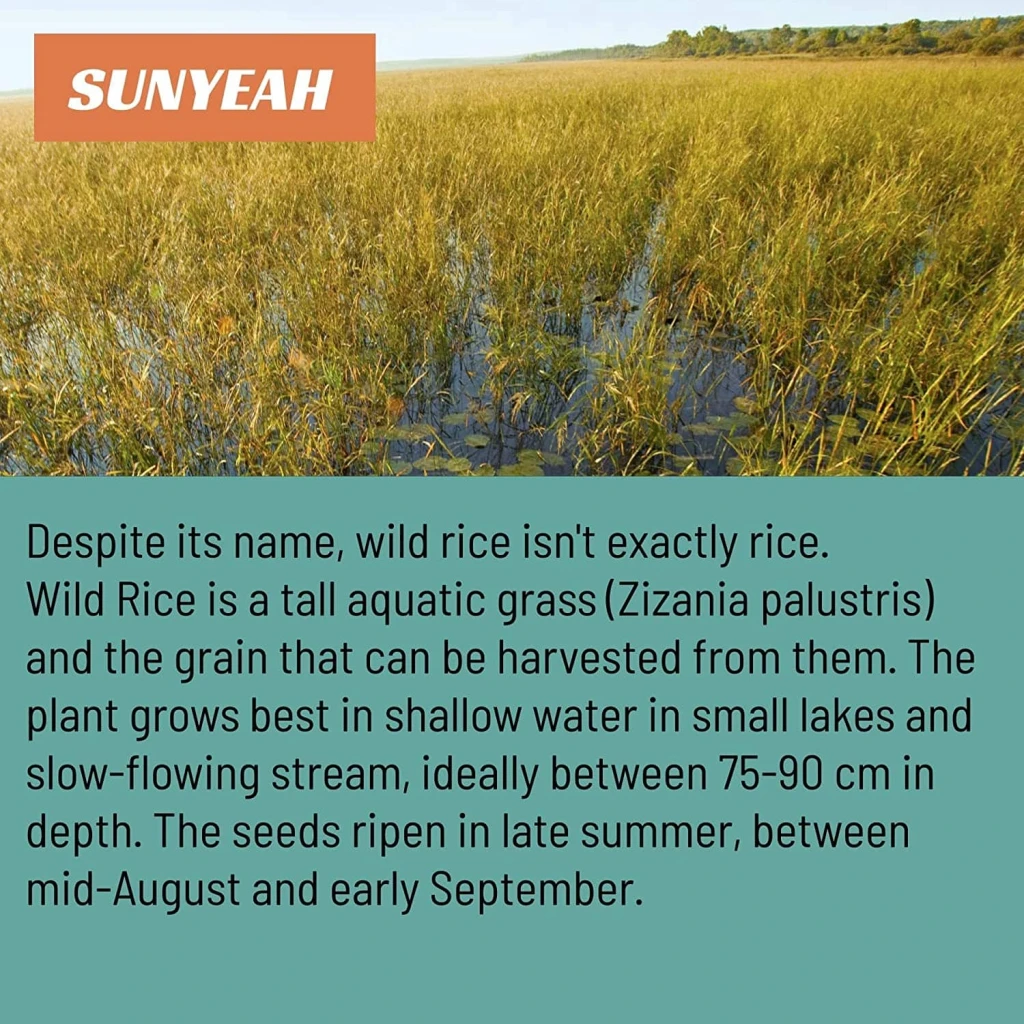The Nutritional Marvel of Wild Rice – A Low-Carb Alternative to White Rice

In the quest for a healthier diet, the choice of rice plays a pivotal role. As health-conscious individuals strive to make better dietary decisions, the debate between traditional white rice and low-carb alternatives like wild rice has gained significant traction. In this comprehensive guide, we delve into the nuances of these rice options, shedding light on their nutritional profiles, benefits, and how they can seamlessly integrate into your diet.
Understanding the Nutritional Landscape
White Rice: A Staple with Concerns
White rice, a staple in many diets, is processed to remove the bran and germ, resulting in a polished and refined appearance. While it’s a quick and convenient source of energy, its high glycemic index can cause rapid spikes in blood sugar levels. This characteristic can lead to energy crashes and increased cravings shortly after consumption. Additionally, the refining process strips away essential nutrients and fiber, leaving white rice with a diminished nutritional profile.
Exploring the Marvel of Wild Rice
On the other end of the spectrum, we find wild rice—a nutrient-dense option that stands out for its impressive health benefits. Contrary to its name, wild rice is not actually rice; it’s the seed of aquatic grasses. This unprocessed grain boasts a lower glycemic index, making it a preferable choice for those seeking to manage their blood sugar levels. Beyond its carbohydrate content, wild rice is rich in fiber, antioxidants, B vitamins, and minerals such as magnesium and zinc.

The Low-Carb Advantage of Wild Rice
Sustained Energy Release
One of the most significant advantages of wild rice over white rice is its slow digestion and sustained energy release. The fiber content in wild rice helps regulate the absorption of glucose, preventing sudden spikes and crashes in blood sugar levels. This sustained energy can keep you feeling fuller for longer periods, reducing unnecessary snacking and aiding in weight management.
Weight Management and Digestive Health
The fiber-rich nature of wild rice contributes not only to stable energy levels but also to improved digestive health. Adequate fiber intake promotes regular bowel movements, prevents constipation, and supports a healthy gut microbiome. Moreover, the presence of antioxidants in wild rice, such as anthocyanins, offers potential anti-inflammatory benefits, contributing to overall well-being.
Micronutrient Powerhouse
Wild rice shines as a micronutrient powerhouse. It’s an excellent source of various B vitamins, crucial for metabolism and energy production. Furthermore, the mineral content, including magnesium, promotes muscle and nerve function, while zinc supports immune system function and wound healing. These nutrients collectively make wild rice an attractive option for individuals aiming to fortify their diets with essential vitamins and minerals.
Incorporating Wild Rice into Your Diet


Culinary Versatility
Transitioning to wild rice doesn’t mean sacrificing taste or variety in your meals. Its nutty flavor and chewy texture add depth to a wide array of dishes. Whether you’re crafting hearty salads, savory stir-fries, or wholesome soups, wild rice seamlessly integrates, elevating the nutritional value and culinary experience of your meals.
Flavorful Pairings
Pairing wild rice with an assortment of vegetables, lean proteins, and healthy fats enhances both taste and nutrition. Create a colorful vegetable stir-fry with tofu, cashews, and a ginger-soy glaze, or savor a Mediterranean-inspired salad with olives, feta, and cherry tomatoes. The possibilities are as diverse as they are delicious.
Substituting Gradually
For individuals accustomed to white rice, transitioning to wild rice can be a gradual process. Mix both types of rice in your dishes, gradually increasing the proportion of wild rice over time. This approach allows your palate to acclimate to the new flavors and textures, making the transition smoother and more enjoyable.
Embrace a Healthier Rice Choice Today
In the ongoing debate between traditional white rice and low-carb alternatives like wild rice, the latter emerges as a clear winner in terms of nutritional value and health benefits. With its lower glycemic index, higher fiber content, and impressive array of vitamins and minerals, wild rice proves to be an ideal choice for those looking to make healthier dietary decisions without compromising on taste. It is with this very notion that we are thrilled to present one of our flagship offerings: SUNYEAH™ Organic Wild Rice.

Indulge in the extraordinary with our Organic Wild Rice, a culinary gem from Canada’s Northern Saskatchewan prairies. Imagine the serenity of glacial lakes, where wild rice flourishes naturally under the summer sun. Certified by TCO and rigorously tested, each grain reflects purity untouched by additives.
Bursting with nutrients like protein, manganese, and fiber, it’s a flavorful powerhouse that supports your well-being. With a low glycemic index of 57, akin to oats, it keeps your energy stable, making it a smart choice for mindful eating.
Notably, it boasts a remarkable 30 times more antioxidant activity than white rice, reinforcing your health journey with every savory bite. Our wild rice encapsulates the essence of Canada – unspoiled, wholesome, and natural. Elevate your dining experience with a touch of Northern authenticity, and savor a story that’s both nutritious and delicious. It’s more than just a grain; it’s a voyage into the heart of a pristine landscape, bringing health and flavor to your table.



Conclusion
As health-conscious individuals become more discerning about their dietary choices, the spotlight on rice alternatives intensifies. Wild rice, with its remarkable nutritional profile and versatile culinary applications, offers a gateway to a healthier lifestyle. By embracing the low-carb advantages of wild rice, you’re not only making a positive impact on your health but also embarking on a flavorful and fulfilling culinary journey.
Facebook
Pinterest
Twitter
LinkedIn